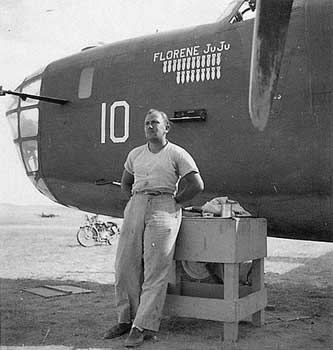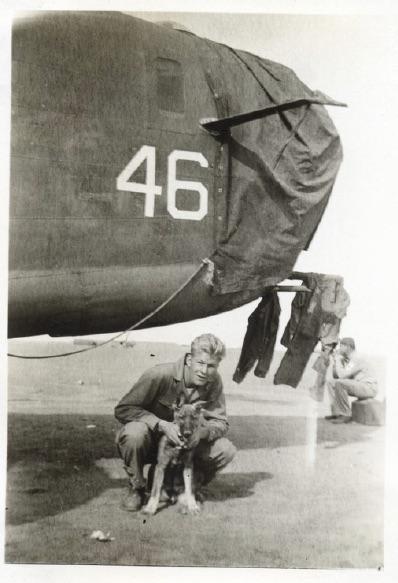Halverson Detachment
Detachment
B-24 Best web
Best Web - B-24 - 41-11613
Object Number - UPL 16630 - The B-24D, 41-11613, Florine Juju - Halpro # 10. This plane was allocated to the Halverson Project ( Halpro ) in 1942. The USAAF project had been...
HALPRO or the Halverson Detachement was a group of 23 B-24 Liberators originally destined to join the 10th Air Force in the China, Burma, India Theatre of operations.
Under the command of Colonel Harry Halverson the detachment was originally assigned to conduct raids on Japanese Home Islands. The detachment was to fly from Florida to China via Africa but the Japanese offensive in Chekiang, China in May 1942 disrupted this plan.
The Heavy Bomber HALPRO force was then tasked with disrupting German petroleum plants in support of the British in North Africa. HALPRO departed the United States on 22 May 1942, flying for Egypt via Sudan. The 4,000 mile journey meant that some of the aircraft were grounded on arrival in Egypt.
On 11 June 1942, 13 HALPRO B-24s carried out the first USAAF attack on Europe, when they bombed oil refineries in Ploesti, Roumania, while the raid had little impact, it proved the concept that Heavy bomber could carry out long-range attacks against defended targets.
The HALPRO Detachment ultimately remained in the Mediterranean theatre. on 17 July 1942, the detachment was redesignated the Hal Bomb Squadron. It ultimately formed 376th Bomb Group when it was constituted in October 1942.
Connections
See how this entry relates to other items in the archive by exploring the connections below.
People

- Military/Civilian/Mascot: Military
- Nationality: American
- Unit: Halverson Detachment
- Service Numbers: 12026078 / 0-789038 / 0-388723
- Highest Rank: First Lieutenant
- Role/Job: Navigator - Bombardier
- Military/Civilian/Mascot: Military
- Nationality: American
- Unit: Halverson Detachment 1st Provisional Group
- Service Numbers: O-11444
- Highest Rank: Colonel
- Role/Job: Pilot
Aircraft

- Aircraft Type: B-24 Liberator
- Nicknames: Hellza Poppin
- Unit: Halverson Detachment

- Aircraft Type: B-24 Liberator
- Nicknames: Malicious
- Unit: 376th Bomb Group 515th Bomb Squadron Halverson Detachment

- Aircraft Type: B-24 Liberator
- Nicknames: Florine JuJu, Liberandos, Teggie Ann, The Blue Streak
- Unit: 376th Bomb Group 514th Bomb Squadron Halverson Detachment

- Aircraft Type: B-24 Liberator
- Nicknames: Wash's Tub,
- Unit: Halverson Detachment 1st Provisional Group 376th Bomb Group 513th Bomb Squadron

- Aircraft Type: B-24 Liberator
- Unit: Halverson Detachment
Mission
- Date: 15 July 1944
- Official Description:
- Date: 19 July 1942
- Official Description:
- Date: 17 July 1942
- Official Description:
- Date: 13 July 1942
- Official Description:
- Date: 11 July 1942
- Official Description:
Revisions
Changes to name as per terminology used in Official US histories including Air Force Combat Chronology and The Army Air Forces in World War II
Striking Oil: The First American Bombing Raid over Europe in World War II on ABMC, June 2017.
Early Operations: Ninth/Twelfth Air Force in the Mediterranean, National Museum of the US Air Force







